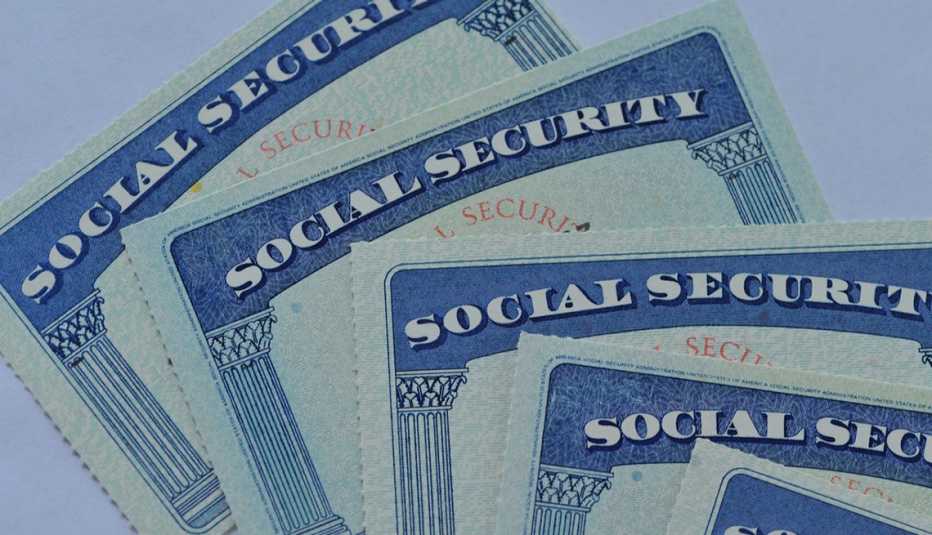AARP Hearing Center
For many people, Social Security's function begins and ends with a monthly payment. And to be sure, ensuring benefits get delivered on time and in full to tens of millions of older adults, people with disabilities and members of their families 12 times a year is the agency's job one.
But over its history, the Social Security Administration (SSA) has added numerous special services to help customers (that's you and me) deal with pressing medical, familial and financial issues. Here are some of the lesser-known things Social Security can do for you.
1. Expedited disability claims
As of mid-2024, the average processing time for a Social Security disability claim was nearly eight months. And that's just the initial application; it can take many more months, even years, to appeal a claim that's first denied.
Waits like that can be especially hard for people with severe or worsening illnesses. That's why the SSA established the Compassionate Allowances program, a list of more than 280 serious medical conditions that by definition meet Social Security's standard for disability. Applications for Social Security Disability Insurance (SSDI) or Supplemental Security Income (SSI) involving those conditions are automatically flagged for fast-tracking and can be approved in a matter of days.
Learn more about Compassionate Allowances and other ways Social Security can fast-track disability decisions.
2. Representative payees
Not all Social Security recipients are able to manage their own benefit payments. Some have cognitive disorders or developmental disabilities; some are small children. In such cases, Social Security can appoint someone to serve as the beneficiary's representative payee.
Try Our Social Security Calculator
Use AARP's Social Security Calculator to find out when to apply and how much you'll get.
A representative payee has authority to receive another person's benefits and use them to meet that person's essential needs, such as food, shelter and health care. It's typically a family member or friend, but organizations such as nursing homes can also fill the role.
Nearly 4.8 million people, or 7.2 percent of Social Security beneficiaries, had a representative payee as of December 2022, the most recent data available. It's a serious job that requires diligence: Social Security holds payees accountable for how they spend benefit funds, and they are strictly prohibited from putting the money to their own use.
Learn more about how to become and serve as a Social Security representative payee.
3. Help with Medicare drug costs
Extra Help, a program run by Social Security and the Centers for Medicare & Medicaid Services (CMS), can reduce prescription drug expenses for low-income Medicare beneficiaries by thousands of dollars a year. The aid can be put toward premiums, deductibles and copays related to a Medicare drug plan. The landmark prescription drug law enacted in 2022 with AARP's support greatly expanded eligibility for Extra Help, starting in January 2024.
































































